
MongoDB Fundamentals. A hands-on guide to using MongoDB and Atlas in the real world Amit Phaltankar, Juned Ahsan, Michael Harrison, Liviu Nedov
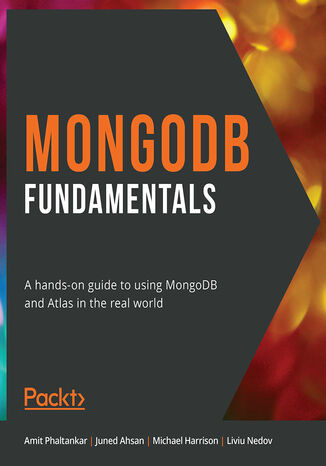



- Autorzy:
- Amit Phaltankar, Juned Ahsan, Michael Harrison, Liviu Nedov
- Wydawnictwo:
- Packt Publishing
- Ocena:
- Stron:
- 748
- Dostępne formaty:
-
PDFePubMobi
Opis
książki
:
MongoDB Fundamentals. A hands-on guide to using MongoDB and Atlas in the real world
Unlike other MongoDB books, MongoDB Fundamentals dives into cloud computing from the very start – showing you how to get started with Atlas in the first chapter. You will discover how to modify existing data, add new data into a database, and handle complex queries by creating aggregation pipelines. As you progress, you'll learn about the MongoDB replication architecture and configure a simple cluster. You will also get to grips with user authentication, as well as techniques for backing up and restoring data. Finally, you'll perform data visualization using MongoDB Charts.
You will work on realistic projects that are presented as bitesize exercises and activities, allowing you to challenge yourself in an enjoyable and attainable way. Many of these mini-projects are based around a movie database case study, while the last chapter acts as a final project where you will use MongoDB to solve a real-world problem based on a bike-sharing app.
By the end of this book, you'll have the skills and confidence to process large volumes of data and tackle your own projects using MongoDB.
Wybrane bestsellery
Packt Publishing - inne książki
Dzięki opcji "Druk na żądanie" do sprzedaży wracają tytuły Grupy Helion, które cieszyły sie dużym zainteresowaniem, a których nakład został wyprzedany.
Dla naszych Czytelników wydrukowaliśmy dodatkową pulę egzemplarzy w technice druku cyfrowego.
Co powinieneś wiedzieć o usłudze "Druk na żądanie":
- usługa obejmuje tylko widoczną poniżej listę tytułów, którą na bieżąco aktualizujemy;
- cena książki może być wyższa od początkowej ceny detalicznej, co jest spowodowane kosztami druku cyfrowego (wyższymi niż koszty tradycyjnego druku offsetowego). Obowiązująca cena jest zawsze podawana na stronie WWW książki;
- zawartość książki wraz z dodatkami (płyta CD, DVD) odpowiada jej pierwotnemu wydaniu i jest w pełni komplementarna;
- usługa nie obejmuje książek w kolorze.
Masz pytanie o konkretny tytuł? Napisz do nas: sklep@helion.pl
Książka drukowana





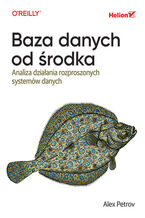

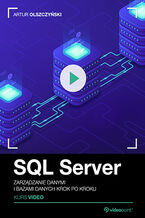
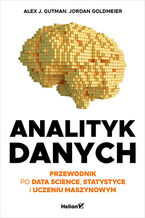
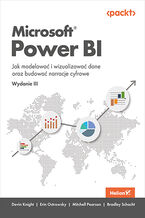
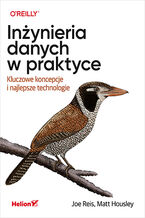
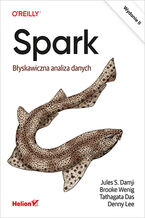






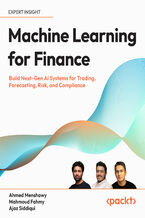

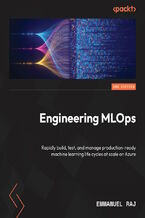
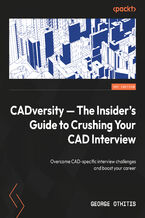
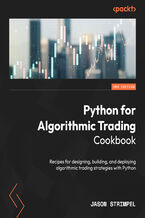

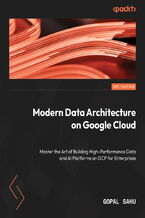
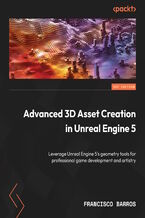
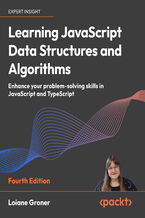
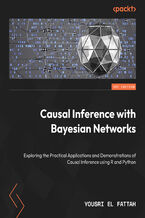
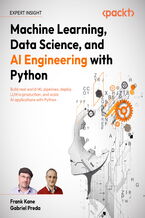



Oceny i opinie klientów: MongoDB Fundamentals. A hands-on guide to using MongoDB and Atlas in the real world Amit Phaltankar, Juned Ahsan, Michael Harrison, Liviu Nedov
(0)